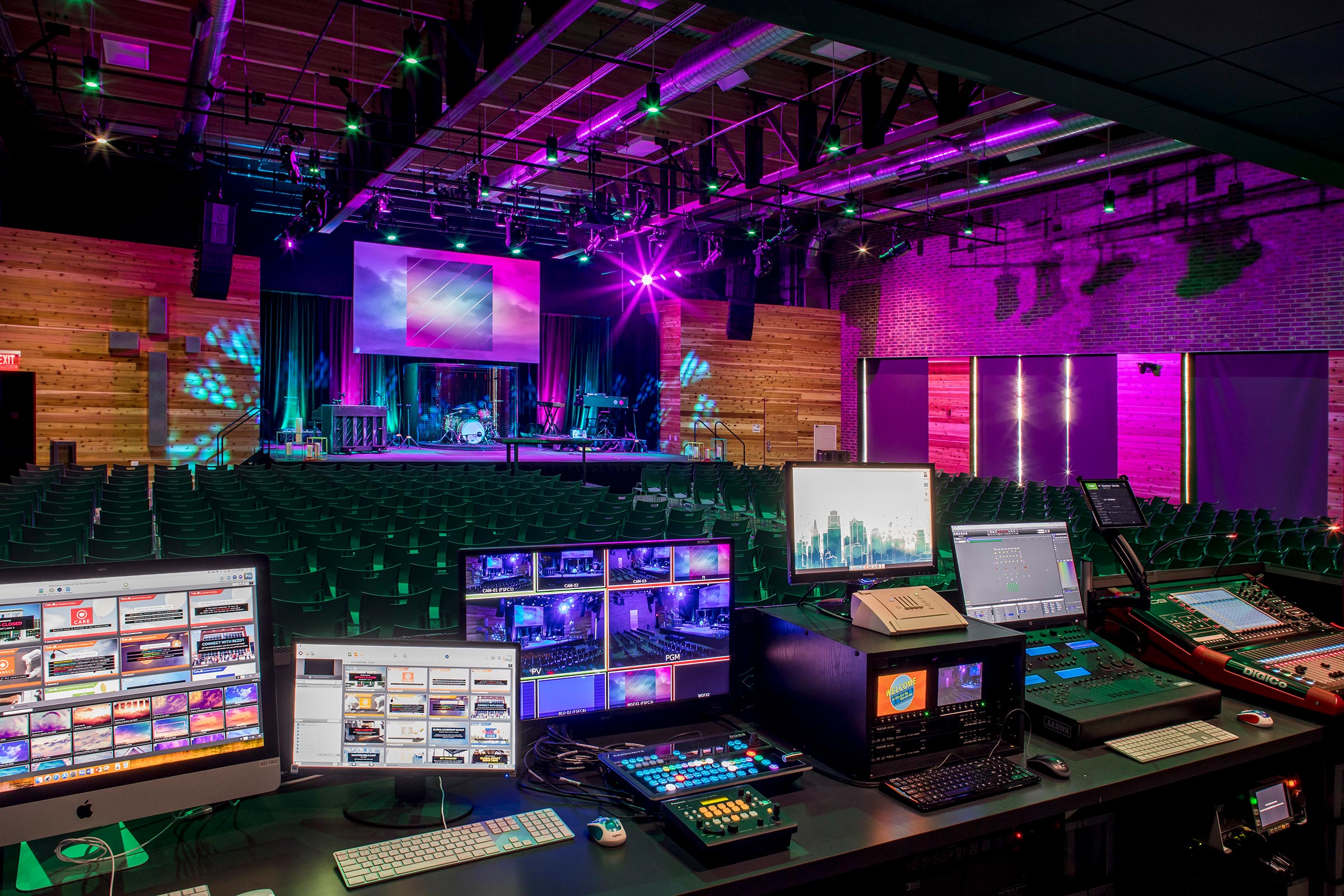Highlighting the Impact of Illumination Techniques on the Craft of Film Projection Mapping Techniques
Highlighting the Impact of Illumination Techniques on the Craft of Film Projection Mapping Techniques
Blog Article
Motion projection projection is an innovative art medium that combines tech and creativity to convert ordinary spaces into extraordinary sight displays. This method involves casting images and footage onto 3D elements, such as buildings, artworks, or platforms. One of the most crucial factors in producing effective projection in the use of effective illumination techniques. Proper illumination improves the visual components of the display and ensures that the images are clear and captivating. This article examines the impact of illumination methods on motion projection and how they can enhance the overall encounter.
Lighting plays a crucial role in video mapping because it establishes the atmosphere and feel of the exhibit. Different illumination methods can evoke various emotions and reactions from the audience. For example, using gentle, warm lights can create a welcoming atmosphere, while bright, cool illumination may produce a more energetic or dramatic effect. By thoughtfully choosing illumination hues and brightness, creators can influence how viewers perceive the displayed images, leading to a more immersive experience. The balance between mapping brightness and surrounding illumination is crucial, as it can greatly impact the visibility and effect of the images.
In addition to, hue and brightness, the direction of light also affects the efficacy of mapping. Lighting from different directions can create contrast and accents that introduce dimension to the mapped images. This method, known as light and shadow, can enhance the three-dimensionality of the objects being mapped. Furthermore, using dynamic lights can add dynamism to the display, making the experience more engaging for the viewers. When the take a look at the site here light interacts with the projected visuals, it can create an effect of movement and change, grabbing the audience's focus.
Another important element of lighting in projection is the use of special features. Methods such as gobo lighting, which uses shapes and shapes to filter light, can introduce texture and intricacy to the mapping. This method allows artists to superimpose images and produce aesthetically captivating effects that complement the mapping. Moreover, adding laser lights or light-emitting diode illumination can additionally enhance the exhibit, providing a distinct blend of visual elements that attract the audience in. These special effects, when used thoughtfully, can elevate the projection into a basic display to an immersive piece of creativity.
In summary, the influence of illumination techniques on video projection is profound. By understanding how various lighting elements interact with projected images, artists can produce enthralling encounters that connect with audience. The thoughtful choosing of hue, brightness, direction, and unique features enables for go to this web-site a rich canvas of visual storytelling. As technology continues to grow, the possibilities for artistic expression in mapping will only expand, making lighting an ever-important component in this innovative art medium.